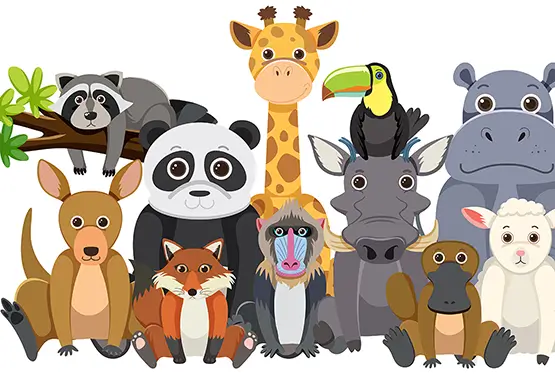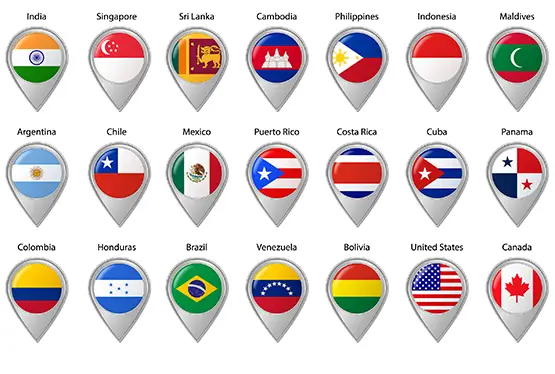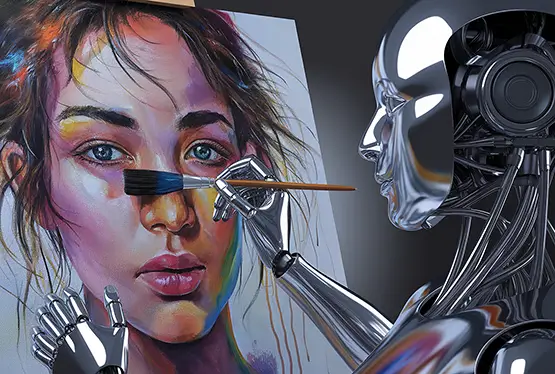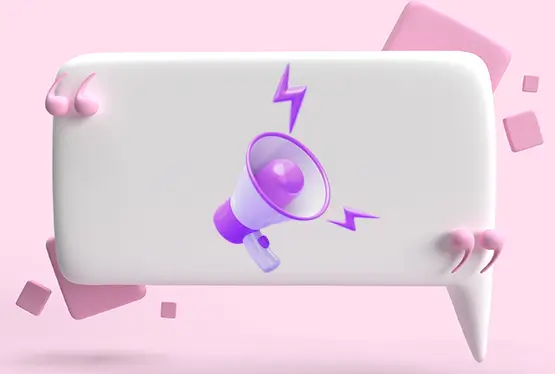What is Design Thinking
What is Design Thinking
Mastering Design Thinking: Interview Questions and Answers
Design Thinking is a human-centered approach to problem-solving that fosters creativity and innovation. Whether you are a software engineer, project manager, program manager, or product manager, understanding and applying Design Thinking principles is crucial for solving complex challenges effectively. This article provides an exhaustive guide to commonly asked Design Thinking interview questions, catering to aspirants across small firms, mid-sized companies, and Fortune 500 organizations.
What is Design Thinking?
Design Thinking is an iterative process that emphasizes understanding the user, challenging assumptions, and redefining problems to create innovative solutions. It is structured around five stages: Empathize, Define, Ideate, Prototype, and Test.
Frequently Asked Interview Questions on Design Thinking
1. Can you explain the Design Thinking process?
The Design Thinking process includes:
- Empathize: Understand the user's needs and challenges.
- Define: Clearly articulate the problem to solve.
- Ideate: Brainstorm creative solutions without judgment.
- Prototype: Create tangible representations of ideas.
- Test: Gather feedback and refine the solutions iteratively.
2. How would you use Design Thinking to solve a product-related problem?
To solve a product-related problem, begin by empathizing with the user through interviews or observation. Define the core issue by analyzing insights gathered. Next, brainstorm solutions collaboratively and create low-fidelity prototypes. Test these prototypes with users, collect feedback, and refine your approach until the best solution emerges.
3. What are common challenges in implementing Design Thinking?
Common challenges include:
- Resistance to change within teams.
- Misalignment of business goals with user needs.
- Time constraints limiting iterative prototyping.
- Difficulty in fostering a culture of experimentation and empathy.
4. How does Design Thinking differ from Agile or Lean methodologies?
Design Thinking focuses on user empathy and creativity, while Agile emphasizes incremental delivery and Lean prioritizes eliminating waste. Although distinct, these methodologies complement each other, with Design Thinking often used in the discovery phase to identify user-centric problems and Agile/Lean applied in solution development and delivery.
5. Describe a scenario where you applied Design Thinking principles.
Example Answer: "While designing a customer onboarding app, we started by interviewing users to understand their pain points. We defined the problem as 'complex navigation discourages usage.' In the Ideate phase, we sketched several layouts. After prototyping the most feasible one, we tested it with users, iteratively improving the design based on feedback until satisfaction was achieved."
6. What role does prototyping play in Design Thinking?
Prototyping transforms ideas into tangible forms, allowing teams to visualize concepts and users to provide actionable feedback. It fosters quick experimentation, identifies potential flaws early, and accelerates learning.
7. How do you foster a Design Thinking mindset in your team?
Encourage open communication, user-centric thinking, and a willingness to experiment. Provide training, celebrate creativity, and ensure psychological safety for team members to voice unconventional ideas.
Conclusion
Mastering Design Thinking equips professionals with a robust framework to tackle complex challenges. By practicing empathy, creativity, and iterative problem-solving, you can innovate effectively and stand out in your interviews. Use this guide as a comprehensive resource to excel in your career aspirations.
FAQ
What is the primary goal of Design Thinking?
The primary goal of Design Thinking is to solve complex problems by prioritizing user needs and employing a creative, iterative approach to innovation.
How is empathy important in Design Thinking?
Empathy is critical in Design Thinking as it helps teams understand the user's emotions, needs, and pain points, which forms the foundation for designing user-centered solutions.
Can Design Thinking be applied outside of product design?
Absolutely. Design Thinking is a versatile approach that can be applied to business strategy, organizational change, customer experience, and even personal problem-solving.
How does collaboration enhance Design Thinking?
Collaboration brings diverse perspectives and skills to the table, enabling more creative and holistic solutions during the Design Thinking process.
Why is prototyping considered a critical stage?
Prototyping is critical as it transforms ideas into tangible formats, allowing for user feedback and iterative improvements, minimizing risks before full implementation.




























